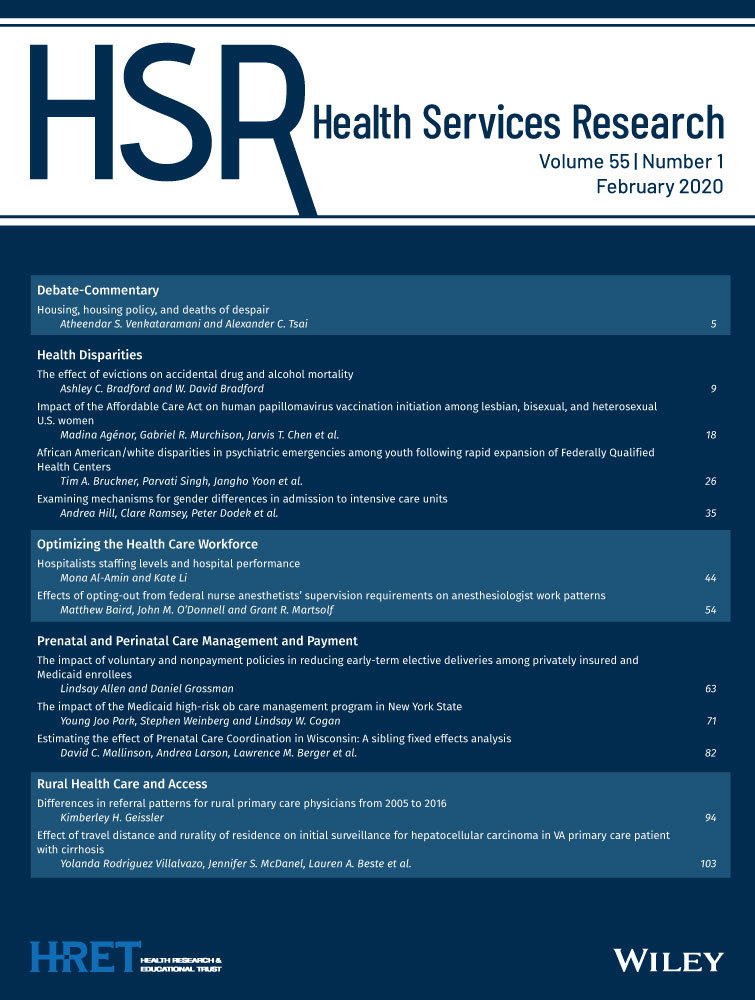Hospitalists staffing levels and hospital performance
Abstract
Objective (or Study Question)
To examine the association between hospitalists staffing levels and contract type with CMS Total Performance Score (TPS).
Data Sources/Study Setting
Total performance scores were obtained from CMS, hospital-level data from the 2015 American Hospital Association Annual Survey Database, and unemployment rates from the Area Resource Health File.
Study Design
We used cluster analysis to classify hospitals based on the distribution of various hospitalist contracts, and we used regression analysis to examine the association between TPS and hospitalist staffing levels and contract distributions. Hospital-level predictors included hospitalists staffing levels, RN staffing levels, and Magnet status. Market-level variables were unemployment rates and competition.
Principal Findings
Higher staffing levels of employed hospitalists or hospitalists with a group contract are associated with higher TPS (with coefficient estimates of 0.85 and 0.83, respectively, and the same standard error of 0.22). Higher staffing levels of hospitalists under individual contract are negatively associated with TPS (with coefficient estimate of −0.43 and standard error of 0.21). Based on the regression analysis using hospital clusters as independent variables, hospitals with individual contracts or without hospitalists providing care had significantly worse TPS compared to hospitals that predominantly employ hospitalists (with coefficient estimate of −1.80 and standard error of 0.61). Magnet status, RN staffing levels, and small and medium size were positively associated with TPS. Medicare share of inpatient days, teaching status, AMCs, and for-profit and public nonfederal ownership were negatively associated with TPS.
Conclusions
Adequate hospitalist staffing level is important for hospitals to achieve better performance. Hospitals need to consider the mix of arrangements or contracts that they have with hospitalists.
CONFLICT OF INTEREST
None.




